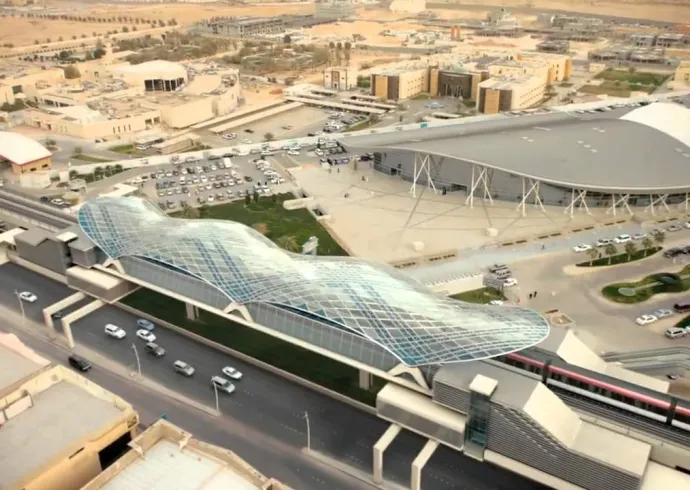Projects menu
Expertise menu
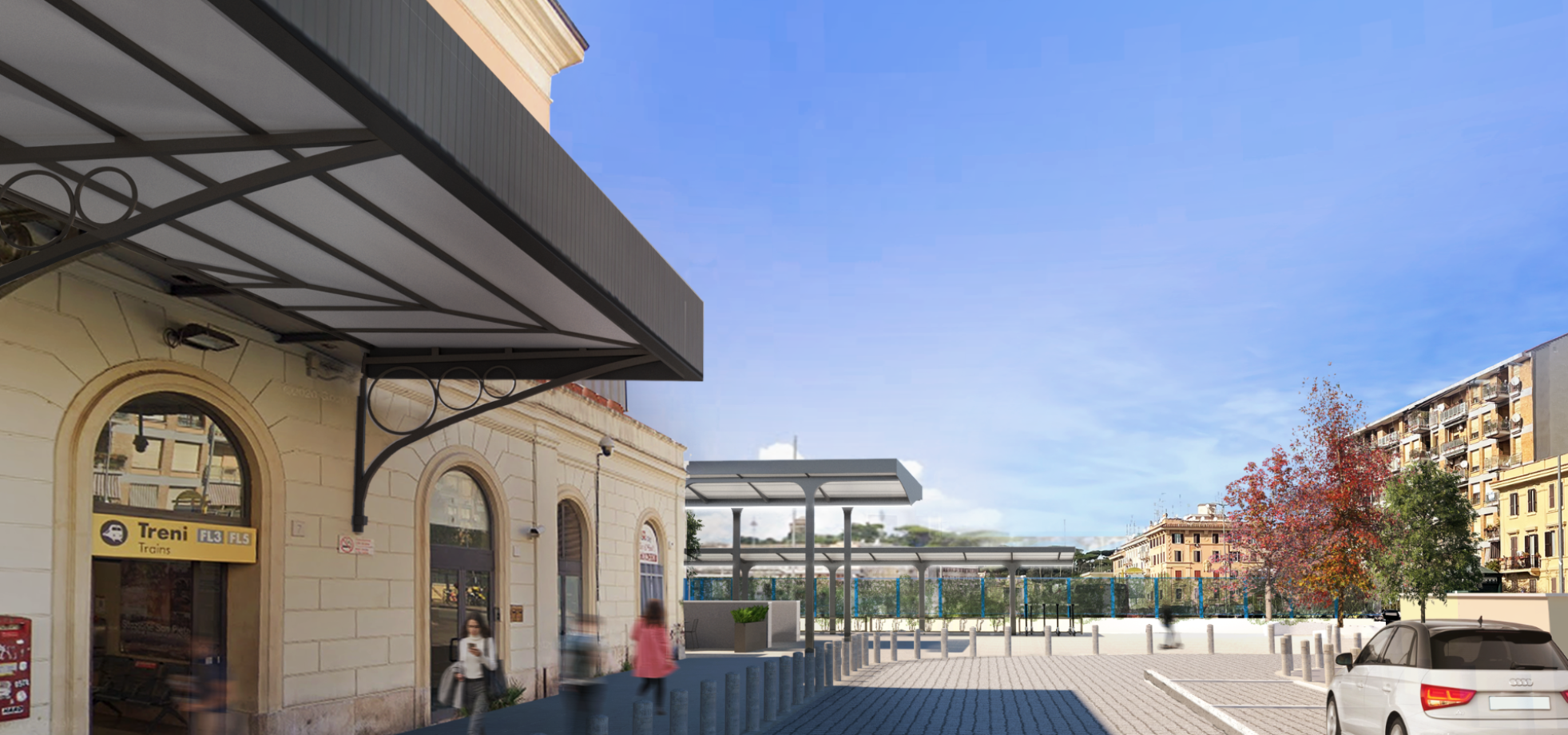
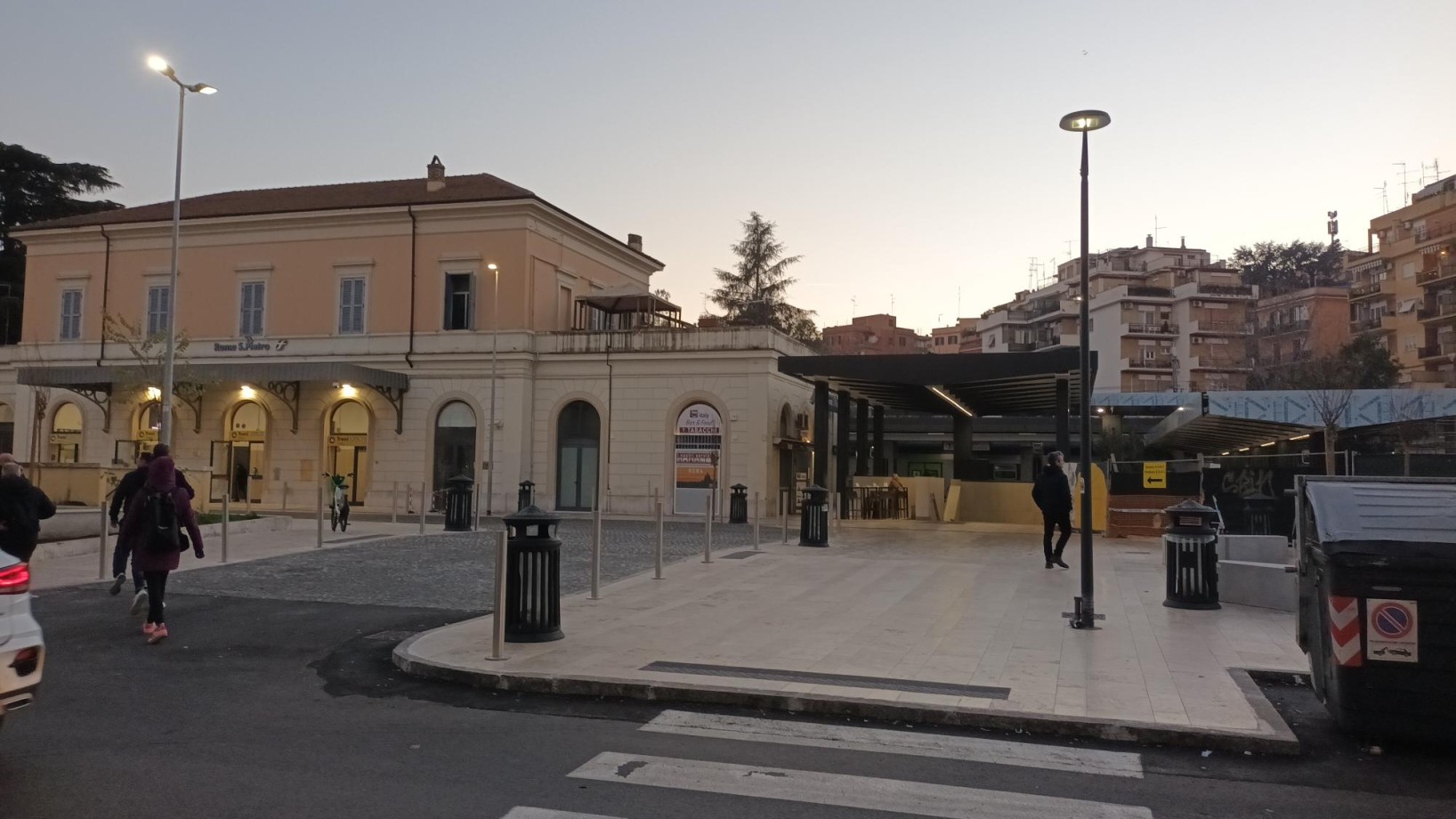
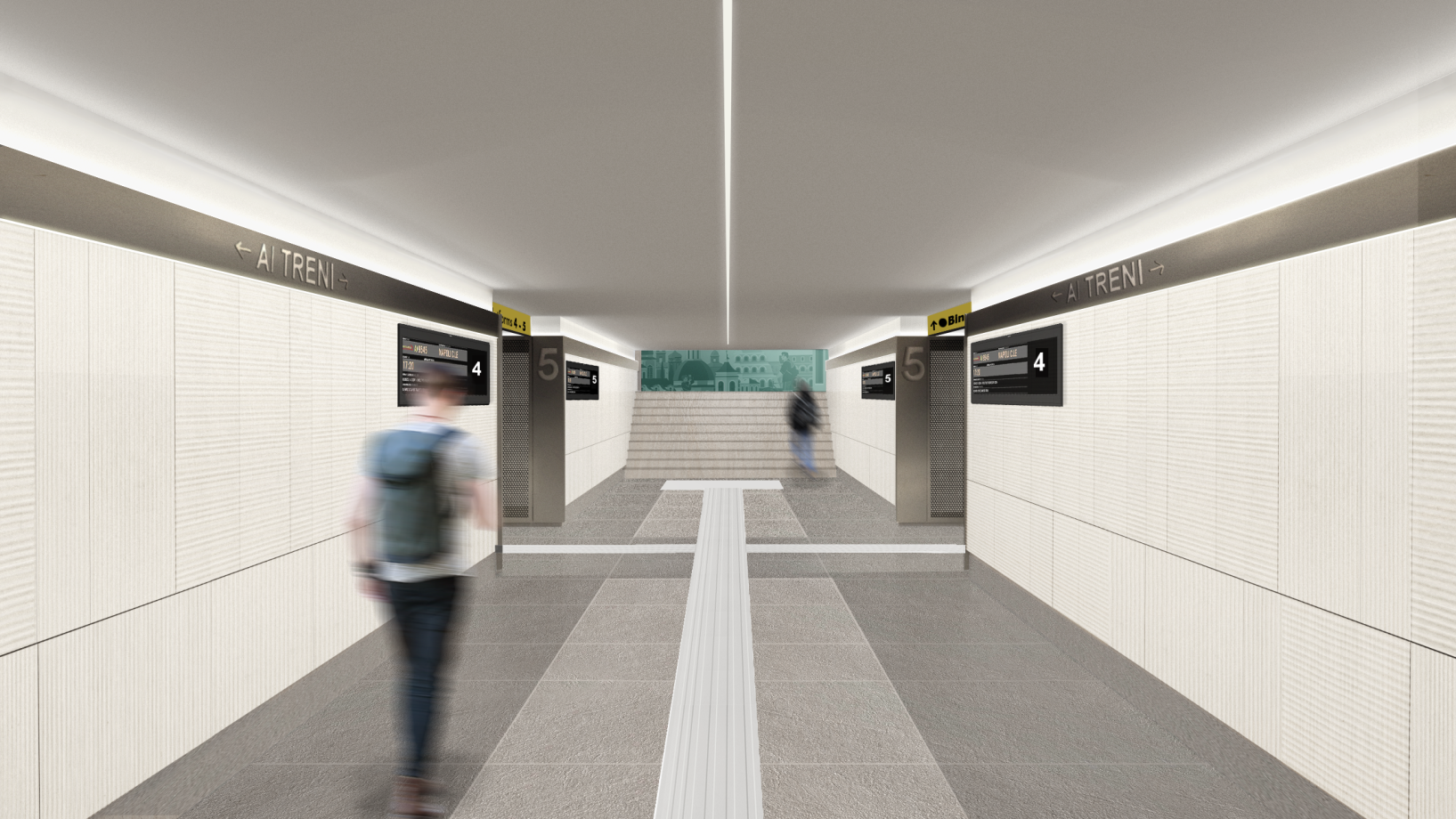
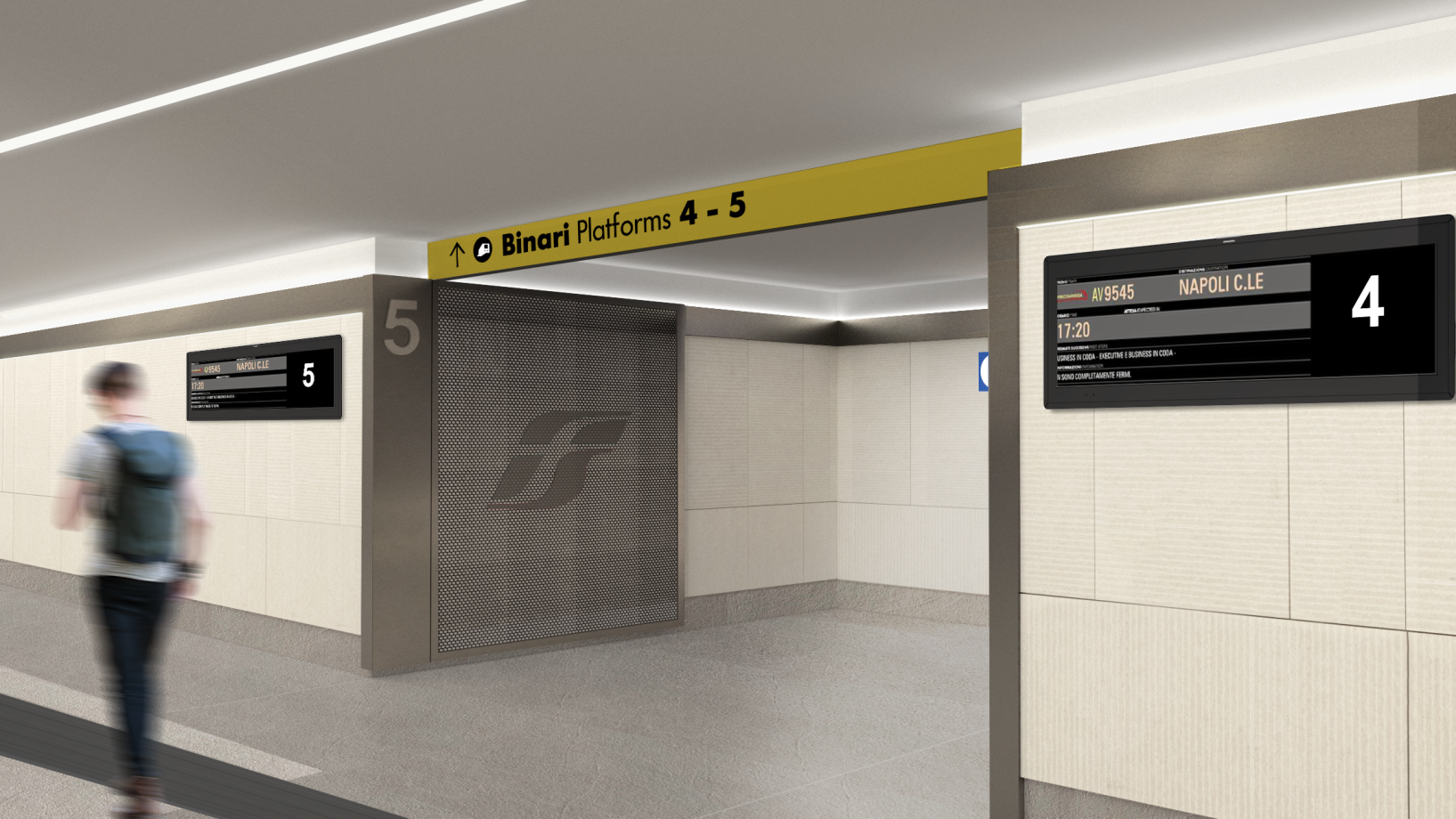
San Pietro Station
Most travelers access the Roma San Pietro station through three entrances: Piazza della Stazione, Via Clivio di Monte del Gallo, and Via Gregorio VII. The primary modes of arrival are on foot or via private transport such as motorcycles and cars. The external spaces and platforms require regulatory interventions and redevelopment, while the existing canopies exhibit a varied character in terms of era and style, and are in need of maintenance.
The redevelopment project for Roma San Pietro station aims to transform this historic railway hub into an efficient, accessible, and welcoming environment capable of meeting the modern needs of a diverse range of users. The redevelopment is structured in two distinct phases, involving interventions that create a dialogue between historical architecture and technological innovation to enhance not only functionality but also the aesthetics and decorum of the spaces.
The new layout of the external areas represents a fundamental first step in welcoming passengers in an orderly and safe setting. Here, the current parking chaos will be replaced by a new organization that clearly separates pedestrian zones, the Kiss & Ride area, and designated spaces for taxis, motorcycles, bicycles, and scooters. This transformation not only better regulates traffic flows but also offers a more usable environment for travelers in transit and the surrounding urban community. The station thus becomes an integrated element of the city, capable of welcoming and harmonizing with the rhythms and needs of the surrounding urban fabric.
The railway platforms will be modernized to ensure accessibility for all users. In this context, accessibility becomes a declaration of inclusivity, ensuring that the station fully meets the needs of every traveler.
The Passenger Building, the station’s central monument, will undergo a refined restoration operation in the second phase of the project. Through geotechnical surveys and structural reinforcements, the foundations and floors will be preserved, while the Roman travertine flooring will be renewed, repairing damage caused by structural subsidence. This intervention is not just about material preservation: it restores the station's role as a public space, where architectural details speak of history and care for the place.
The canopies, bearing witness to different historical periods, require careful reconsideration. The historic structures will be preserved and restored but complemented with new metal canopies to provide cover for pedestrian paths and areas dedicated to bicycles and scooters. This dialogue between past and present allows for the creation of a visually coherent space, where contemporary design elements intertwine with historical details, respecting and enhancing the station’s architectural identity.
The project is also an example of sustainable commitment, aligned with modern and eco-compatible standards. The installation of water collection systems and LED lighting will improve energy efficiency, reducing environmental impact.
Other projects
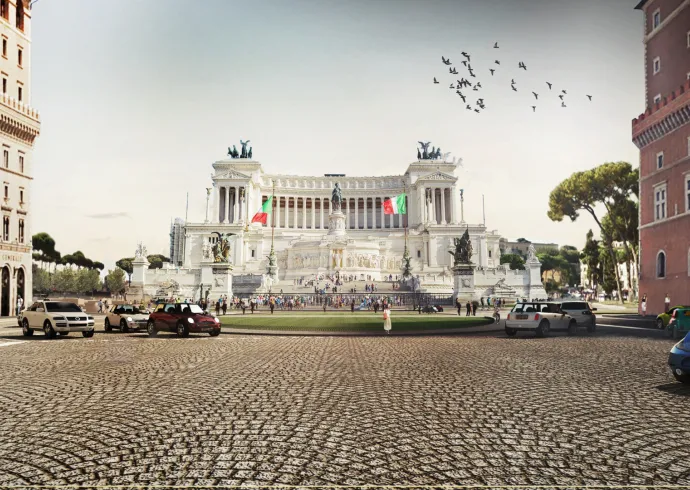
Metro C Station - Piazza Venezia - Roma
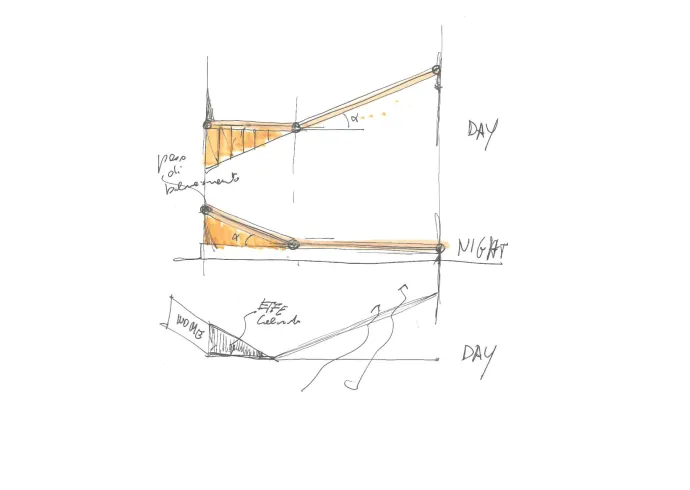
Exit Stairs Canopies of the MetroBs Stations
